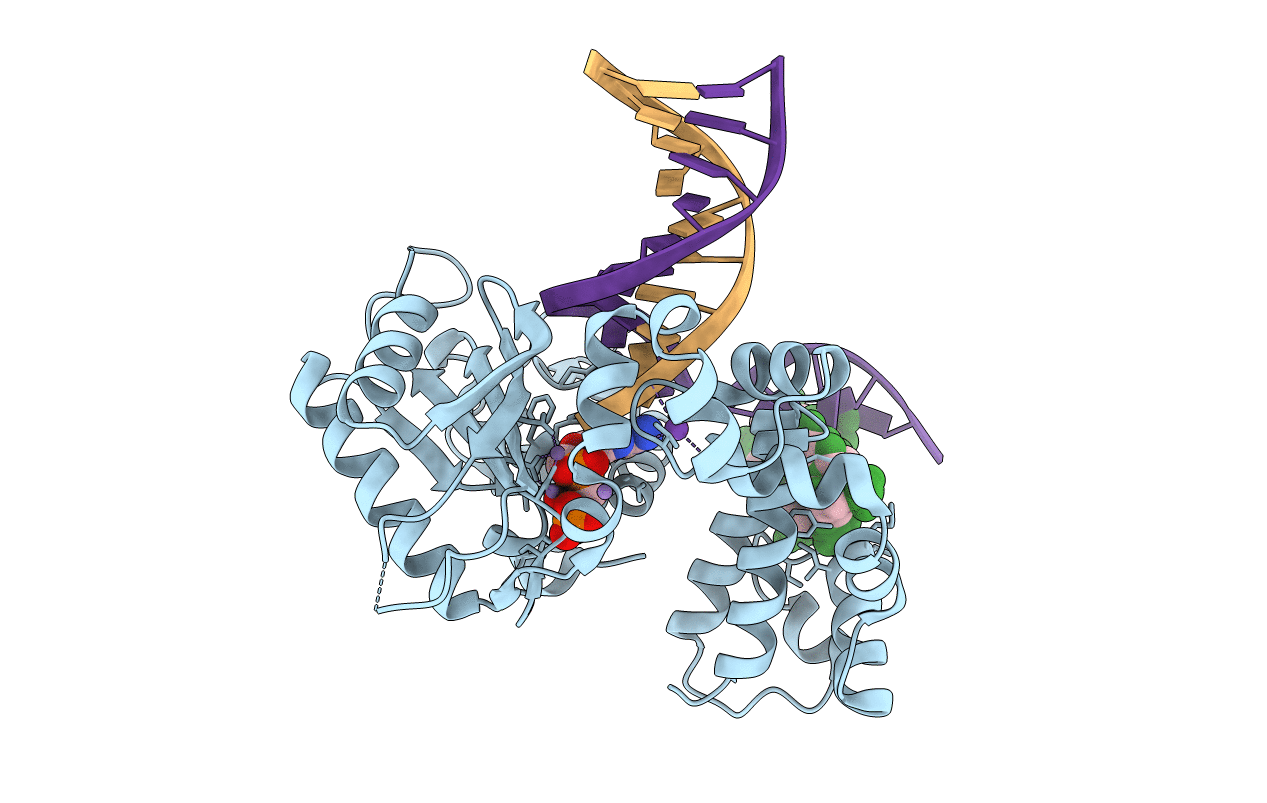
Deposition Date
2015-05-28
Release Date
2015-08-19
Last Version Date
2024-03-06
Entry Detail
PDB ID:
5BPC
Keywords:
Title:
DNA polymerase beta ternary complex with a templating 5ClC and incoming dATP analog
Biological Source:
Source Organism:
Homo sapiens (Taxon ID: 9606)
synthetic construct (Taxon ID: 32630)
synthetic construct (Taxon ID: 32630)
Host Organism:
Method Details:
Experimental Method:
Resolution:
2.00 Å
R-Value Free:
0.25
R-Value Work:
0.21
R-Value Observed:
0.21
Space Group:
P 1 21 1


